Throughout military history, one maxim appears over and over again, in a variety of guises and from the mouths of some of the greatest commanders of all time – if in doubt, attack! As on real battlefields, so on the Bolt Action tabletop – often the best course of action is to get aggressive! I should point out that by ‘aggressive’ I don’t mean staring daggers at your opponent across the table while you mutter menacingly to yourself – instead, I’m talking about playing an ‘attacking’ game, wherein you look to take the fight to the enemy at all times, rather than waiting for them to come to you. Now, there is a time and place for parking the bus and playing defensively (many scenarios may actually reward a more cautious approach), but that’s a story for another article. Today, we’re all about going on the offensive!
The first thing to consider about getting aggressive is whether you actually should! As mentioned before, certain missions may not suit an attacking strategy, while certain tables may have traps or areas of dead ground that make getting forwards a surefire way to squander your force. Finally, your army may not suit the strategy, particularly if you’ve got lots of long-range fire support that ideally wants to sit in cover and engage at distance. I find the best armies for playing an attacking game tend to have a few key elements:
1 – Plenty of Bodies. Getting forward, you’re going to take casualties, and you both need to have a certain sangfroid about this fact, and make sure you have enough troops to spare! While hordes of Inexperienced troops can be tempting, I actually prefer Regulars for their increased survivability and staying power.
2 – Mobile Fire Support. Infantry can’t kill everything, and sooner or later you’ll run into an enemy strongpoint or armoured vehicle that needs blasting. When playing an attacking game, you’ll likely find that traditional artillery and anti-tank guns often get left behind (even with clever Spotter placement) and can’t get rounds on target when you need them. A tank or similar armoured vehicle can move up with the troops and blast away directly. I’m a huge fan of vehicles that mount howitzers (the bigger the better, really) for this job, or else something with a nice big AT gun that can also fire a decent HE shell.
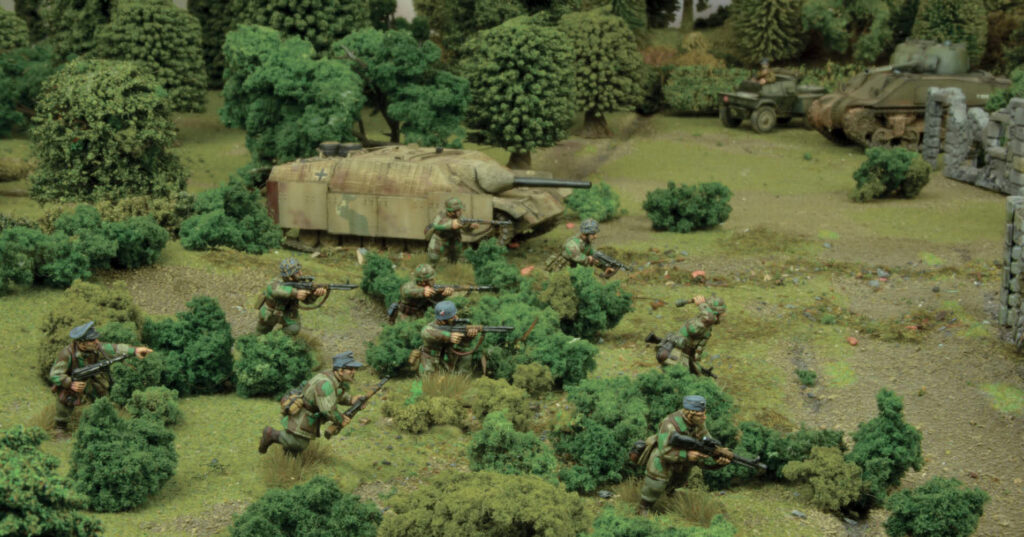
3 – Dice Bag Control. This is a concept I’ve talked about in a few articles, and simply put it’s just having more Order Dice in your army than your opponent. Like, way more. A good friend of mine (who’d know, as she’s won a whole bunch of tournaments and even written a book or two!) reckons that a properly competitive army should have a minimum of 15 Order Dice at 1,000 points, and I’m inclined to agree. This is especially important when attacking, as it means that you can afford to lose units (a necessary risk), and have the best chance possible of your dice being drawn when you really need it!
Now, onto the how! It’s not a particularly complex concept, but there is a little bit more nuance to it than just rushing forward like a maniac… usually. Overall, you should be looking to disrupt your opponent’s plans with the so-called ‘violence of action’, forcing them to react in a hurry to your moves. This is a good way to force them into making a mistake, and when your forces are right on top of theirs, you’ll be perfectly placed to exploit it. What you should also be looking to do is seize any objectives, key defensive positions, and as much of the good cover as possible early on – this will mean your opponent has to try and take them off you, and you can decide to either flex to a more defensive stance with these advantages, or keep attacking and catch them out of position.
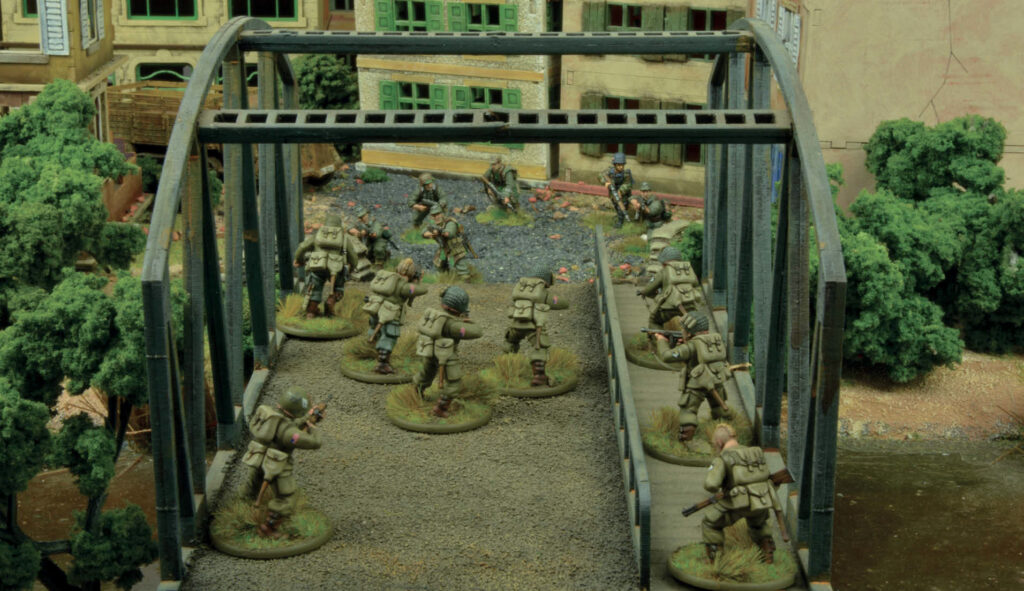
Seems simple, right? When well-executed and against unprepared opponents, it can be daunting to deal with, but beware! Savvy players will look to counter your advance with a variety of tricks, and you can very quickly end up with your force in a very vulnerable position. Units that have already activated and ended up in no man’s land can fall victim to assaults in a matter of moments, and the downside of seizing objectives early means enemy artillery has plenty of time to range in. To avoid this, ideally you want to look to gain momentum early and keep it for as long as possible – attack enemy targets of opportunity with overwhelming force before moving on to the next, and force your opponent to have to react to multiple threats simultaneously. If you run into something too tough to kill outright, look to pile on as many Pins as you can, and force it to keep moving. One of the upsides of getting across the table quickly is that your foe will have much less of the table available for manoeuvering, and can therefore be forced into bad positions!
This is by no means an exhaustive primer on how to play an attacking style, but hopefully it should get your noggin joggin’ towards some aggressive moves of your own. Next time, we’ll look at the opposite – defensive strategies. Until then, however – FIX BAYONETS! CHAAAAAARGE!
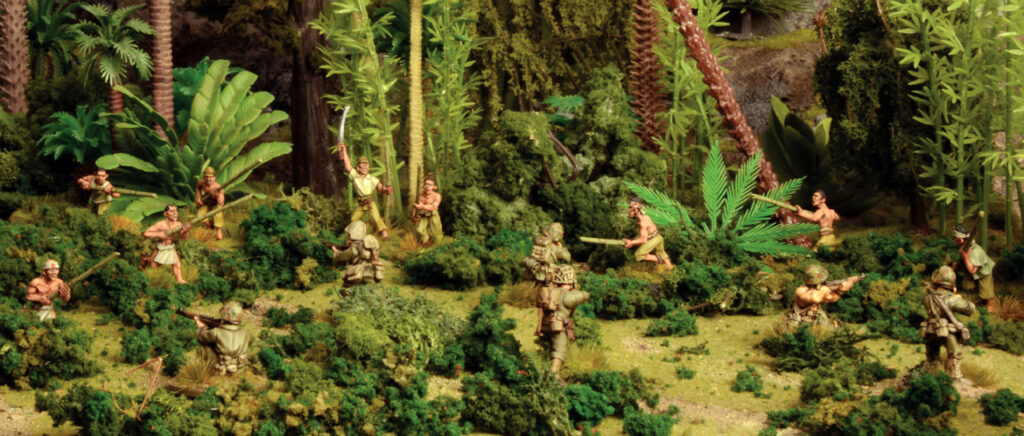
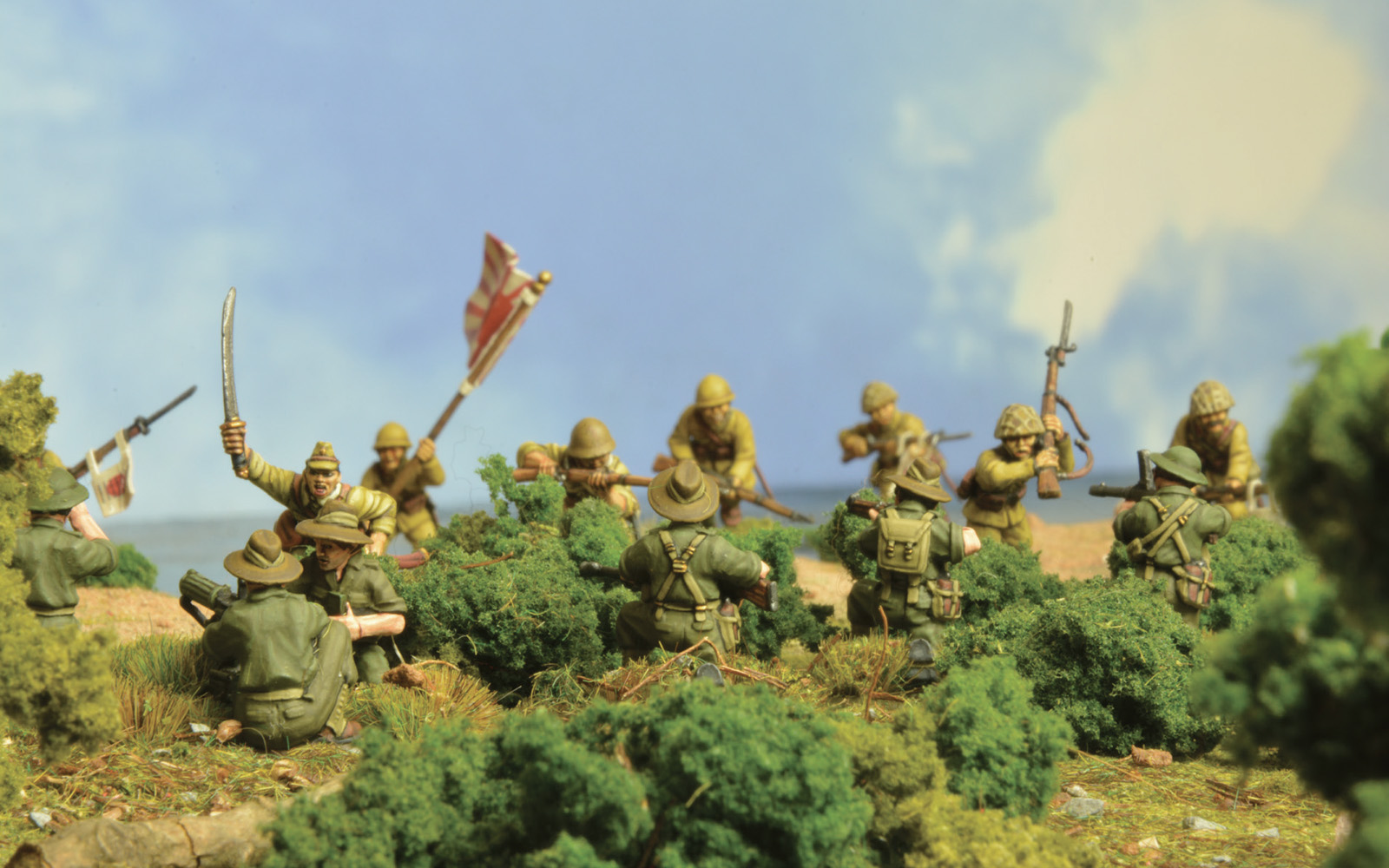
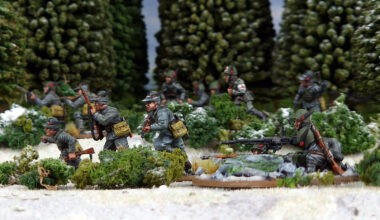
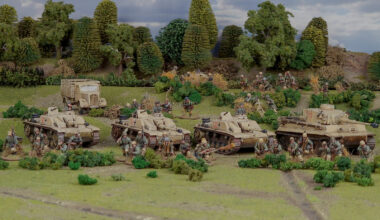
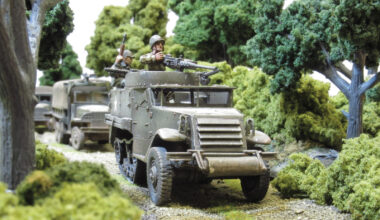
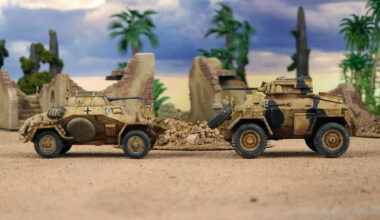
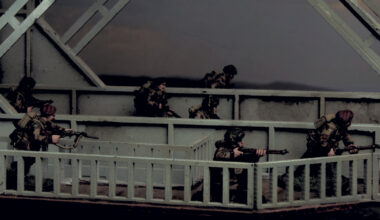
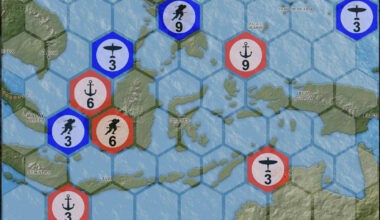
2 comments
15 Dice at 1000 points? How is that possible when playing Veterans? Even Regulars would struggle surely.
Spam cheap crap. Eg ATR rifles, units of shirkers etc. Unlike real life where elite well trained forces command the the battle, in BA cheap crap inexperienced units command the the battle.
Basically Iraq would have won Gulf War I if BA represented real life.